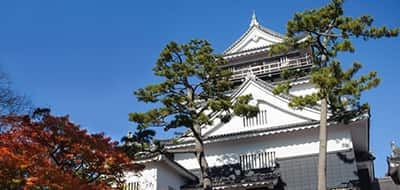The birthplace and origin of bungee jump

What is a bungee jump?
A bungee jump is an attraction where you can jump off from a high place such as a skyscraper, a bridge, or a cliff with a lifeline attached. Bungee means "rubber string" and was named by AJ Hackett, the inventor of this attraction. There are several variations such as "tandem" where two people fly together as well as one person, and "reverse bungee" which is launched from the bottom to the top using the elasticity of rubber, and some of them are lifelines. There is even a "stringless bungee" that jumps down to the net below without wearing anything. The Macau Tower is currently the tallest in the world, and its height is 233m! This is equivalent to a 60-story building.
What is the birthplace of bungee jumping?
The first bungee jumping that ordinary people pay for was done in November 1988, when New Zealand entrepreneur AJ Hackett took the 47m-high Kawarau Bridge over the Kawarau River. It is said that it started when it jumped off. Impressed by the "Nagor" ritual in the Republic of Vanuatu in the South Pacific, AJ Hackett, along with Henry Van Ash, established it as a sport in New Zealand. Bungee jumping from the Kawarau Bridge is still practiced today, and many people enjoy bungee jumping at the birthplace of bungee jumping.
What is the origin of bungee jumping?
The origin of the bungee jump is said to be the coming-of-age ritual called "Nagor" in the Republic of Vanuatu. The ritual was born out of an event in which a wife who had escaped from a violent husband was cornered on a tree and jumped, the wife who had ivy on her legs was saved, and the husband who chased and jumped died. .. A tree vine with a height of 30m is wrapped around the ankle and jumped off to show one's strength and pray for a good harvest. Unlike rubber, wooden ivy does not stretch, so it gives a big impact to the body, and if the yagura is damaged or the ivy is cut, it can be fatal. Therefore, the men who participate in "Nagoru" choose their own ivy and wrap it around their feet.




![[Online tour] Enjoy the remote islands of Okinawa at home. You can have a full-scale resort experience online.](https://img.activityjapan.com/wi/202012_okinawa_online_topbanner.jpg)
![[Online experience tour] Enjoy the remote islands of Okinawa at home. You can have a full-scale resort experience online.](https://img.activityjapan.com/wi/202103_fukushima_campaign_topbanner.jpg?)

![[Akita Inu Tourism] Experience feeling Akita, nature, hot springs, historical culture, local food, etc ... Let's go out. A trip to meet Akita dogs.](https://img.activityjapan.com/wi/202002_top_akitainu_tourism_banner.jpg)
![[Weekly] Popular activity plan ranking](https://img.activityjapan.com/wi/lazy-dummy.gif)